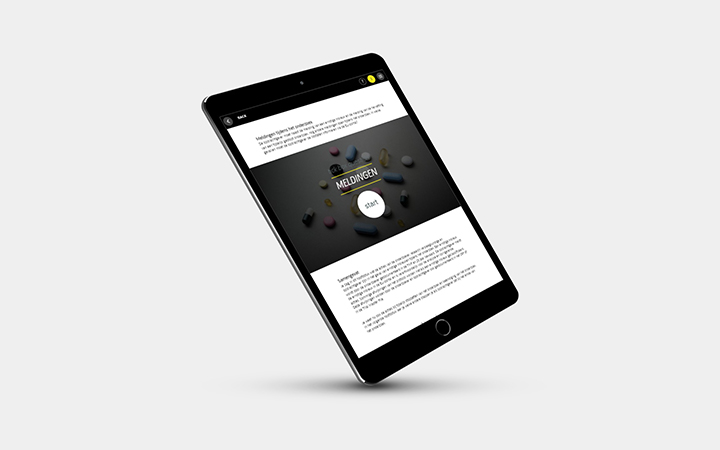LEARNING OBJECTIVES
- Principles of EU CTR (EU Clinical Trial Regulation)
- Critical timelines for submission and review of a dossier
- Transition period and expected implementation
- Impact on the conduct of a clinical drug trial in the Netherlands
- Safety reporting requirements
- Submitting substantial amendments via the CTIS
- How to avoid breaches and quality issues and what to do if they happen
- End of trial reporting, a summary of Clinical Trial Results for Laypersons
- Publication of trial data: requirements and transparency
DESCRIPTION
EU CTR stands for European Clinical Trial Regulation. The EU CTR regulation will affect everyone involved in clinical drug research in Europe and will help improve collaboration between all parties involved.
The fundamental online EU CTR Conduct in the Netherlands course gives you the essentials on the upcoming EU CTR, as well as everything you need to know about the EU CTR’s requirements during the clinical conduct of the study: optimization of collaborations, substantial amendments, safety, and trial reporting, preventing serious breaches, and quality control. It will prepare you for its implementation in 2021.
- 3.5 hours
- 2 modules
- Online EU CTR certificate
- incl. Knowledge test
- Accredited by several quality registers
- Available on desktop, smartphone or tablet
It is an ideal introductory course suitable for anyone involved in the conduct of clinical drug research in the Netherlands. The course offers a complete insight into what the new regulation means for conducting clinical drug research and is most suitable for research nurses and medical doctors.
The online course takes 3.5 hours and consists of the basic EU CTR module, the conduct module, and a knowledge test. After completion, you will receive an online EU CTR certificate.
Enroll now to get started with the myGCP learning modules on your smartphone, tablet, or desktop computer.
COURSE CONTENTS
Module: Introduction
- The goal and high-level contents of the EU CTR
- Scope of the EU CTR: to which type of research the EU CTR is applicable
- Dutch ambition regarding the introduction of the EU CTR
- Opportunities, benefits, and challenges of the EU CTR and submissions via the EU-portal (CTIS)
- Information about the transitional period from CTD to EU CTR
- Timelines of the submission- and review process according to the EU CTR regulation
- Differences in the submission of a national trial and an international trial
- Results of the validation phase, Assessment Part I and assessment Part II
Module: During the study
- Process steps, communication, and the result of the submission and assessment of a substantial amendment (Part I or Part II)
- Definition and examples of substantial amendments and submission of substantial amendment
- Terms and conditions for the request of the assessment of a substantial amendment
- Explanation when a submission is a ‘mixed’ submission
- Requirements for reporting of AEs and SAEs to the sponsor; when deviations from the standard are allowed and how this should be documented
- When it is required to set up a DSMB
- Requirements for expedited reporting of SUSARs
- Definition, examples, and procedures in case of a serious breach
- Process steps, communication, and the result of the end of the study, suspension of a trial, premature termination
- Requirements for final reports, publication, and disclosure of scientific summary and lay summary via the CTIS
- Importance of transparency and documentation of trial results
- Eudravigilance database for reported unblinded SUSAR and yearly safety report
Module: Knowledge test
- 20 questions
- Available in English and Dutch
- Feedback per question (afterwards)
- 3 attempts
- Online certificate with a score of 80 or higher













Reviews